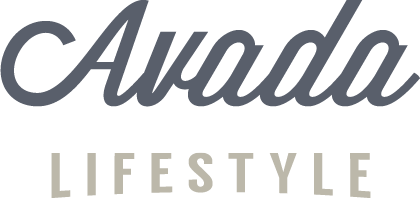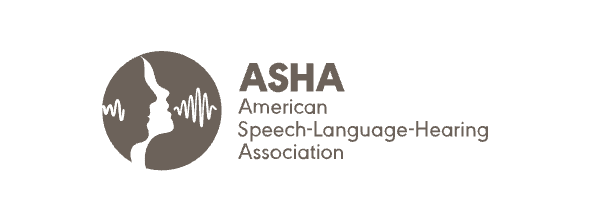-
Resources: Learn More
Resources: Learn More

Delay vs. Disorder
Delay vs. Disorder
Delay
A delay occurs when a child’s skills develop in the expected pattern but at a slower pace compared to their peers. They may take longer to acquire certain skills or progress through developmental milestones more gradually. For instance, a child with a language delay might have fewer words than typically expected for their age. In most cases, these children are likely to catch up to their peers over time.
Disorder
A disorder, on the other hand, happens when a child’s development does not follow the usual pattern or sequence. They might skip certain steps or acquire skills in an atypical way. For example, a child with a language disorder could have a strong vocabulary (expressive language) but struggle with understanding or following directions (receptive language). Children with may experience difficulties with reading, writing, and communication in the future.
While all children progress through similar stages in speech and language development, there is a wide range of what is considered typical.

Phonemic Awareness vs. Phonics
Phonemic Awareness vs. Phonics
Phonemic Awareness
The ability to break down a word into the smallest unit or sound. This includes phoneme isolation, blending, segmenting, addition, deletion and substitution.
Phonics
The relationship between written letters and spoken sounds. For example, the letter “s” makes the sound /s/ as in “soap.”

Benefits of Private Pay
Benefits of private pay
• You as a parent get to decide on the therapist that is best suited for your child’s needs rather than an insurance company telling you who to see.
• Flexible scheduling and availability (especially those after school-hours for older children)
• No insurance = less documentation which means more quality time to focus on your child’s therapy using evidence-based treatment.
• More services are allowed without restrictions.
• No referral from a doctor is needed which means therapy can start right away.
• No cap on amount of sessions or the duration of each session length – as a parent YOU get to choose.
• You can stay with your child’s therapist even if your insurance plan coverage changes.
Does your insurance plan include out of network benefits? If so, your insurance company may cover a portion of the services. You will first have to call your insurance company and ask if you are eligible for an out-of-network speech/language evaluation and/or therapy reimbursement. If yes, a SUPERBILL (detailed receipt with certain codes) will be provided to you. This will contain all the necessary information for you to submit to your own insurance company and seek reimbursement.
Individualized attention and tailored treatment plans
Private therapy allows personalized attention and customized treatment plans designed specifically for your child’s unique needs. Growing Roots Speech and Language Therapy will work closely with you and your child to develop a comprehensive approach that addresses their specific speech and language challenges.

Receptive Language vs. Expressive Language
Receptive Language vs. Expressive Language
Receptive Language
The ability to understand and process language. It includes understanding words, sentences, gestures, and concepts such as directions, questions, and stories. For example, following instructions, listening, identifying objects when named, or comprehending spoken or written information are aspects of receptive language.
Listening and reading skills.
Receptive = Understanding
Expressive Language
The ability to convey thoughts, feelings, and ideas using words, sentences, gestures, or writing. It involves vocabulary, sentence structure, grammar, and the ability to organize and share information effectively. Speaking, facial expressions, gestures, writing and vocalization. Examples include asking questions, naming objects, or forming sentences.
Speaking and writing skills.
Expressive = Communication

Speech vs. Language
Speech
Speech involves the production of sounds and words using our articulators, such as the tongue, lips, jaw, teeth, vocal cords, and airflow. It includes aspects like articulation, pronunciation, voice quality, and fluency.
Language
Language refers to the structured system of words and symbols—whether spoken, written, or signed—used to convey meaning. It includes both expressive language (how we communicate our thoughts) and receptive language (how we understand others). This covers skills like understanding vocabulary, using words correctly, forming grammatically accurate sentences, and adhering to social communication rules (pragmatics).

Private Speech vs. District Speech
Private Speech vs. District Speech
Q. My child gets speech and language therapy in the public schools. Can I receive services at your office in addition to what my child receives in the school?
A. Yes! School based services and services at Speech Solutions are similar but can both be valuable to your child. School-based services focus more on the educational impact of your child’s speech and language. Our therapy will also focus on the home and other community environments your child participates in. In addition, school-based services are often provided in a group setting.

